Why Budgeting Matters for AP Art & Design (and Why You’re Not Alone)
If your child is taking an AP Art & Design portfolio course, congratulations — this is an exciting opportunity for them to create a meaningful body of work, strengthen a college application, and deepen their artistic voice. It’s also one of the few AP classes where the cost isn’t limited to a textbook and a test fee. From quality paper to framing materials, costs can add up quickly. This guide is written for busy parents who want practical, realistic ways to plan, save, and support their student without sacrificing creativity.

Start With a Conversation — Set Goals Before You Shop
Begin by asking a few straightforward questions with your child: What concentration are they pursuing (2-D Design, 3-D Design, or Drawing)? What size and scale do they envision? Do they plan to submit physical pieces only, digital work, or a mix? When you understand the goals, you can estimate costs more accurately and prioritize what matters most.
Some families worry they need the most expensive brand of materials; often that’s not true. Quality matters in certain areas (archival paper for final submissions, pigment-rich paints for color fidelity), but smart substitutes exist for practice pieces and early experimentation.
Quick planning checklist
- Decide the portfolio concentration and desired final media.
- Map a timeline from idea development to final submission.
- Separate must-haves (archival materials, portfolio cases) from nice-to-haves (professional framing).
- Set a realistic budget range and revisit it quarterly.
Typical Budget Categories and How to Estimate Costs
Below is a typical breakdown of the categories that usually appear in an AP Art & Design budget. Amounts vary regionally and by the student’s ambition, but this table gives practical mid-range estimates to help you start.
| Category | What It Covers | Estimated Cost Range (USD) |
|---|---|---|
| Basic Supplies | Sketchbooks, pencils, erasers, charcoal, kneaded erasers | $30–$120 |
| Painting & Drawing Materials | Paints (acrylic/oil/watercolor), brushes, palettes, mediums | $50–$300 |
| Specialty Materials | Clay, sculpting tools, substrates, mixed-media supplies | $40–$400 |
| Paper & Canvases | Archival paper, canvas, panels, large-format sheets | $40–$250 |
| Digital Tools | Scanner, high-res photos, software subscription, tablet | $0–$800+ |
| Presentation & Submission | Portfolio case, matting, photographing/scan fees, USBs | $20–$200 |
| Optional Professional Services | Framing, printer-proofing, mentor/tutor sessions (e.g., Sparkl) | $30–$500+ |
As you can see, a reasonable average budget often lands between $200 and $800 depending on whether you need digital hardware or professional services. If your student leans heavily on 3-D materials or professional framing, plan for the higher end of that range.
Smart Ways to Save Without Sacrificing Quality
Stretching your dollar is about timing and strategy. Here are practical, parent-friendly tactics that work:
1. Buy in stages
Don’t buy everything at once. Prioritize trial materials for early experiments and invest in archival or high-quality supplies only for the pieces intended for submission.
2. Repurpose and reuse
- Use store-brand brushes for practice; upgrade to professional ones for finals.
- Old packaging, cardboard, and household items can be excellent armatures for 3-D projects.
3. Shop smart
Compare local art stores, online retailers, and school bulk purchases. Subscribe to newsletters from reputable art stores for seasonal discounts. Also, buy consumables like canvas or paper in bulk when discounts apply.
4. Borrow or rent equipment
High-cost items like cameras, scanners, or digital tablets can sometimes be borrowed from school, library makerspaces, or community arts centers. Renting for a short period around portfolio photography may be more economical than buying.
5. Use free or low-cost digital tools
Many schools offer access to image-editing software. There are also reliable free alternatives for editing and layout that are good enough for portfolio preparation.
Timeline-Based Budgeting: Spread Costs Over the School Year
Breaking the budget into phases reduces sticker shock and helps you allocate funds when they matter most. Consider this sample timeline approach.
- Fall (Sept–Nov): Basic supplies, sketchbooks, initial experiments ($50–$150).
- Winter (Dec–Feb): Invest in specialty materials for mid-term projects ($50–$200).
- Spring (Mar–Apr): Archival materials, final canvases, photography/scan fees, presentation case ($100–$400).
- Submission period (Apr–May): Professional framing or last-minute polish if needed ($0–$300).
This phased plan helps with cash flow and gives you the flexibility to respond to the portfolio’s direction as it develops.
When to Invest in Professional Help — And What to Expect
Many families ask whether hiring a private art tutor, mentor, or coach is worth the expense. If your student benefits from one-on-one feedback, structured critique cycles, or help with portfolio sequencing and presentation, a skilled tutor can be transformative. For instance, personalized tutoring like Sparkl’s offers 1-on-1 guidance, tailored study plans, expert tutors, and AI-driven insights that help students focus time and money on the highest-impact improvements.
Evaluate professional help by asking these questions:
- Does the tutor have experience with AP portfolio requirements and scoring?
- Can they offer constructive critique and technical support for the chosen media?
- Will they help with documentation, photographing work, and preparing slides?
Hidden Costs Parents Often Overlook
Beyond obvious supplies, several smaller expenses can quietly add up. Planning for them ahead of time prevents last-minute scrambling:
- Shipping costs for large boards or framed work.
- Professional printing or lab fees for high-quality reproductions.
- Extra batteries, lighting, or hardware for photographing 3-D pieces.
- Repair or replacement of tools (e.g., broken kilns, worn-out sculpting tools).
- Entry fees for local exhibits or portfolio review events that offer feedback.
Balancing Quality and Cost by Media Type
Different media have different cost profiles. Here’s a quick guide to help prioritize spending based on the medium your child prefers.
Drawing
Invest in high-quality drawing paper and a few good pencils for final pieces. Practice materials can be lower-cost; however, archival paper for submission makes a visible difference.
Painting
Paints, brushes, and canvases are where costs can multiply. A few high-quality pigment tubes and mid-range brushes will outlast dozens of cheap ones. Consider stretched canvas only for finals; canvas panels or boards are cheaper for practice.
3-D Design
Sculpture and mixed-media work can be unpredictable in cost. Use found objects and repurposed materials during ideation. Reserve spending for durable materials and tools that will be used across multiple projects.
Digital Work
Software subscriptions and hardware can be pricey. Check whether your student’s school offers access to tablets, scanners, or Adobe Creative Cloud. If not, plan for a mid-range tablet or a temporary rental for final capture and editing.
Practical Examples: Two Sample Budgets
Here are two concrete scenarios to illustrate how different approaches affect overall cost.
Scenario A — The Budget-Conscious Student
- Focus: Drawing concentration, mixed media experiments.
- Strategy: Use student-grade materials for practice, upgrade to archival paper and quality pencils for finals, borrow a scanner from school.
- Estimated Cost: $150–$300.
Scenario B — The Ambitious Portfolio with Digital Components
- Focus: 2-D and digital hybrid portfolio, large-format finals.
- Strategy: Purchase higher-quality paints and canvas, invest in a basic tablet or rent a scanner, allocate funds for professional printing or a short series of tutor sessions for final curation (e.g., Sparkl sessions).
- Estimated Cost: $500–$1,200.
How to Talk About Money with Your Teen — Keep It Constructive
Money conversations can be awkward, but they’re essential. Try these communication tips:
- Frame the budget as a collaborative plan, not a limit to creativity.
- Set expectations: what you’ll cover versus what’s the student’s responsibility.
- Encourage creative cost-saving as a skill — sourcing free materials, trading skills with friends, or fundraising for special projects.
Funding Options and Creative Alternatives
If costs still feel high, consider these options:
- School grants or departmental funds for AP portfolio students.
- Community art centers with subsidized studio time.
- Local businesses that sponsor student art or materials in exchange for community exposure.
- Small fundraisers, crowdfunding for a specific project, or family pooled-gifts for milestone birthdays.
Final Presentation: Photographing and Submitting the Portfolio
Presentation is as important as the artwork itself. Well-lit, high-resolution images can make a modest piece read as intentional and professional online. If you can, schedule a short session to learn basic photographing techniques: use natural light, avoid direct harsh sunlight, steady the camera, and crop carefully. If that sounds overwhelming, a few hours with a tutor or a professional can be a worthwhile investment.
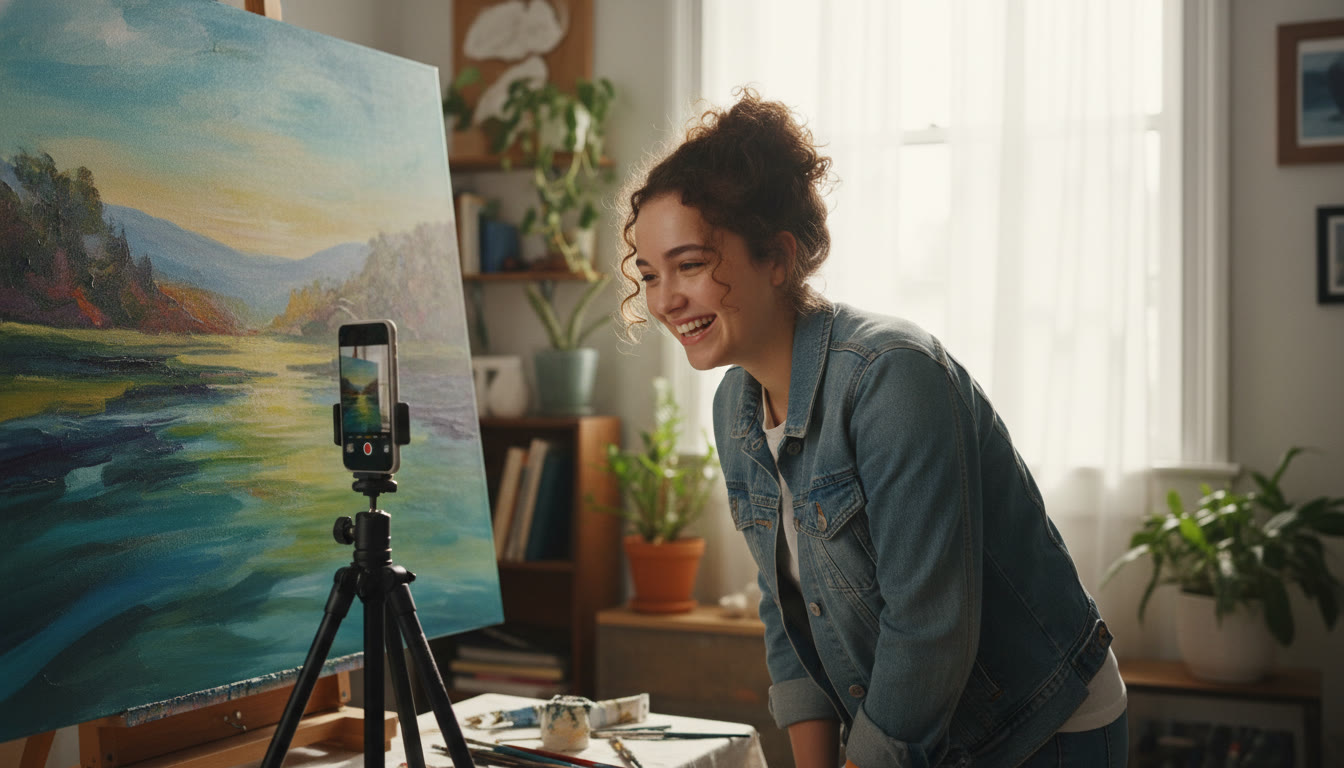
How Personalized Tutoring Can Stretch Your Budget Further
Personalized tutoring isn’t just an extra expense; when done well, it’s an efficiency tool. Targeted sessions can reduce wasted materials and accelerate learning. For example, a tutor who helps your student refine techniques early on prevents multiple reworks later, which saves both time and supplies. Sparkl’s personalized tutoring models — with 1-on-1 guidance, tailored study plans, expert tutors, and AI-driven insights — can help prioritize high-impact improvements so every dollar is spent toward stronger, submission-ready pieces.
Checklist: Prepare Your Budget in 10 Easy Steps
- Identify the portfolio concentration and submission format.
- Ask the teacher for a materials list and any school-provided resources.
- Create a phased spending plan by season.
- List must-haves vs. optional splurges.
- Research borrowing, rentals, and community resources.
- Plan for presentation costs (photography, scanning, mats).
- Set aside a small contingency fund (10–15%).
- Consider one or two targeted tutor sessions to avoid costly mistakes.
- Encourage your student to track expenses as a learning exercise.
- Revisit and adjust the budget after major project milestones.
Closing Thoughts — Art, Investment, and Growth
Supporting an AP Art & Design portfolio is part practical planning and part faith in your child’s creative process. Thoughtful budgeting removes friction so students can focus on expression and craft. Whether you take a lean approach or decide to invest in professional polishing, the goal is the same: create space for growth, exploration, and a portfolio that reflects the student’s best work.
Remember: the most memorable portfolios are not the most expensive ones. They’re the ones where concept, commitment, and presentation align. With clear priorities, staged spending, and occasional targeted help — from a teacher, mentor, or services like Sparkl — you’ll give your student both the financial support and the confidence to make bold, thoughtful work.
Want a Starter Budget Template?
Use the table above as a foundation. Start small, track what you spend, and adjust. If you’d like, I can help create a downloadable budget template tailored to your child’s concentration and timeline — just tell me their focus (Drawing, 2-D, or 3-D) and whether they plan to include digital work.



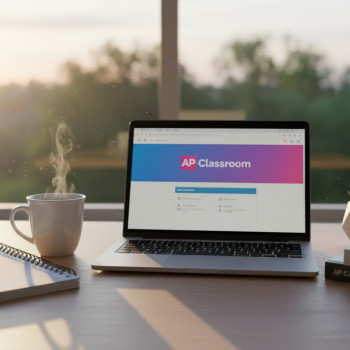
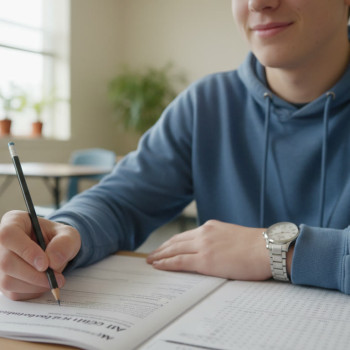


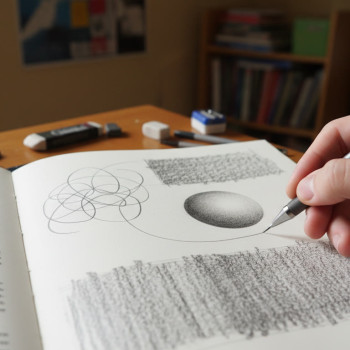

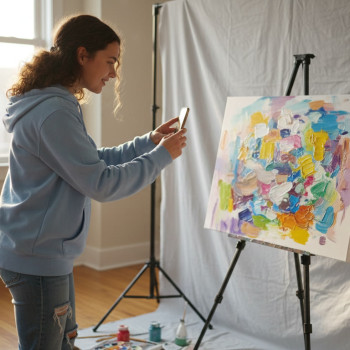








No Comments
Leave a comment Cancel